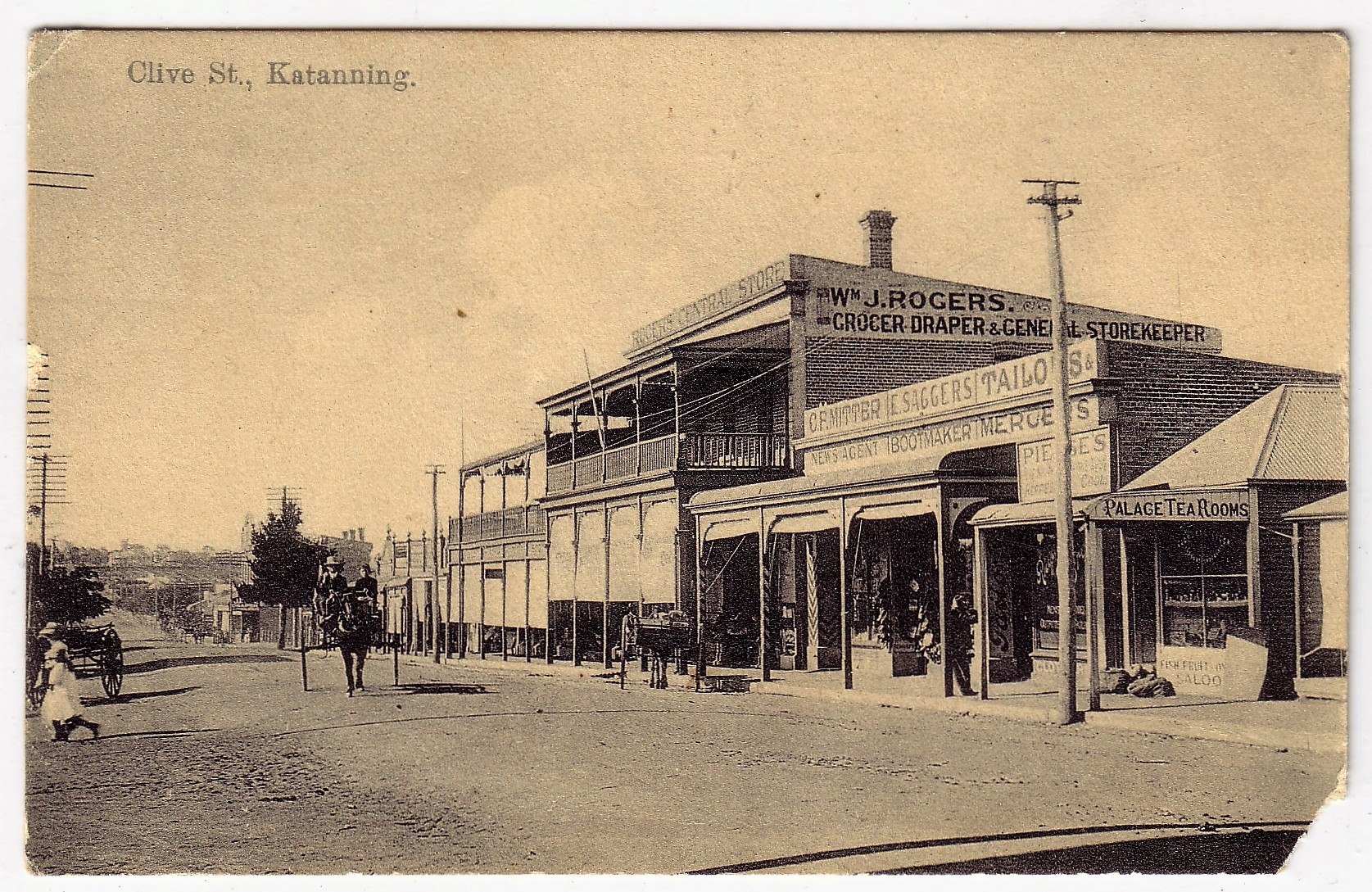The Story of Katanning
KAAT-NYINY is a local Noongar word meaning the head sits here. It comes from the Dreamtime story of Mulka, a giant man whose body parts are embedded in country throughout the Great Southern Region.
Katanning was the junction of three Aboriginal tribal grounds long before European settlement.
The first Europeans to explore the Katanning area were Governor James Stirling and Surveyor General John Septimus Roe who travelled through the area in 1835 en route from Perth to Albany.
In about 1870, sandalwood cutters moved into the area but they did not settle. It was not until the arrival of the Great Southern Railway from Perth to Albany in 1889 that the township came into existence.
With the opening of the Great Southern Railway in 1889 Katanning attracted settlers for both commercial and agricultural ventures.
The town site was initially developed by the same company that built the railway, the Western Australian Land Company.
The state government purchased the railway and the townsite in 1896 and later formally gazetted the town in 1898, when the population of the town was 226.
Katanning quickly developed and within a few short years it became a thriving regional centre. A busy period of construction saw many roads built, new homes and businesses established and the new agriculture viticulture and horticulture industries were thriving.
It was not long before Katanning became the social hub of the district. With a large variety of sporting clubs and social gatherings Katanning developed its own particular style.